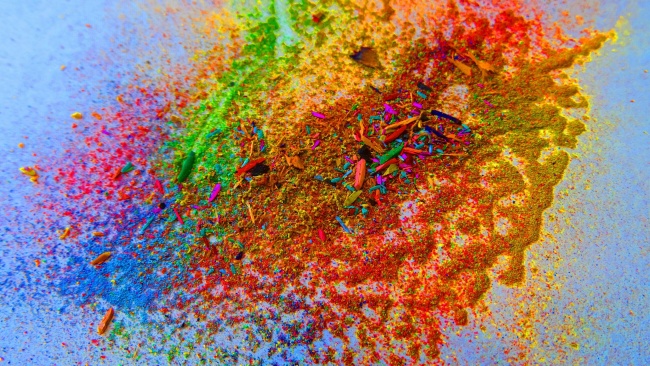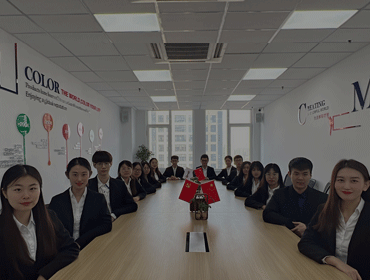An excellent coating pigment has the following properties: superior light resistance, weather resistance, low temperature resistance; good opacity, tinting strength, bonding; no migration; high quality acid and Alkali resistance; compatible with most thermoplastic, thermoset plastics.
1 Coating pigments should have good connectivity
When making a coating, it is expected that the pigment will be well bonded to the coating base and achieve good fineness. In the solvent-based coating evaluation, generally more pigments are directly used, and in water-based coatings, pigmented colorants are increasingly used, one is to resist pollution, and the other is to improve efficiency.
2. Excellent light and weather resistance
The light fastness and weather resistance of pigments are important indicators for outdoor coatings and have special test and evaluation specifications. However, after the pigment is washed with pure white pigment, the light resistance and weather resistance often change, and both have a significant downward trend.
3. Acid resistance
Some pigments are not acid resistant and therefore should not be used in acid-based coatings. Coatings made should not be used in acidic environments. Such as zinc oxide, cadmium pigments, ultramarine and other inorganic pigments.
4. Water resistance
Pigments with poor water resistance affect the character of the film. If the water resistance is poor, the tone of the pigment is easy to seep, and black spots and streaks occur. Most of the pigments are water resistant.
5. Solvent resistance
Most inorganic pigments do not have solvent resistance. Some organic pigments dissolve and bleed in strong solvents. Therefore, you should be cautious when choosing.





